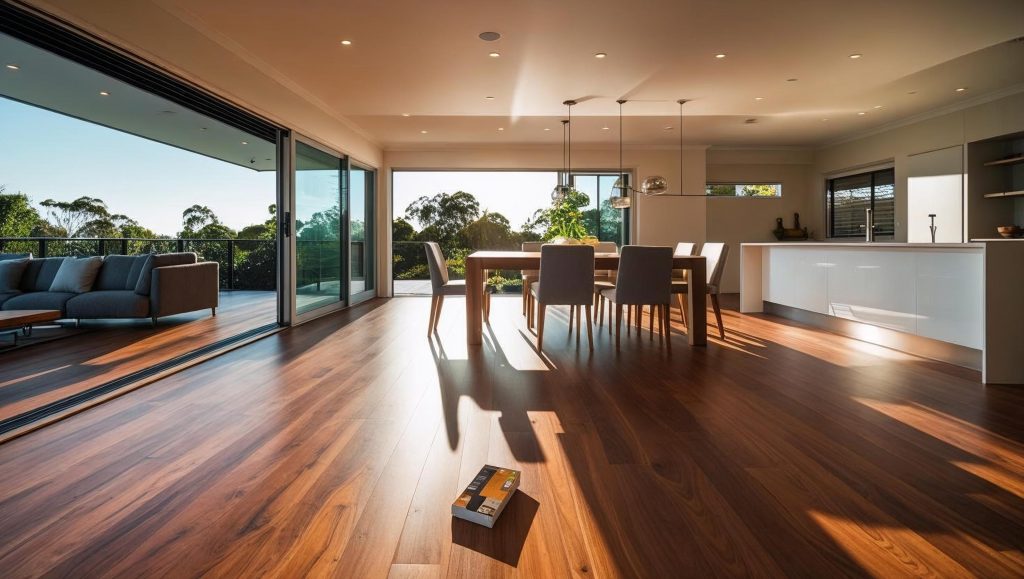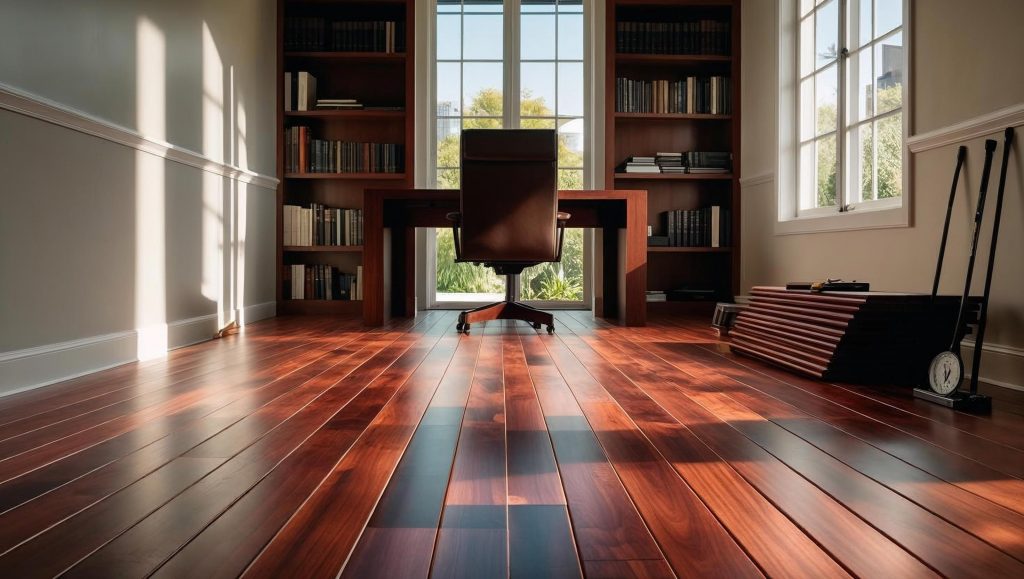When installing new flooring, a smooth, level subfloor is essential for a flawless finish. Uneven surfaces can cause creaking, cracking, or an unprofessional look. Self-leveling compound is the solution, ensuring your timber, vinyl, tiles, or carpet look stunning. This article explains what self-leveling compound is, why it’s vital, and how it elevates your flooring project.
Follow us on X: @ElymentGroup | Visit elyment.com.au

What is Self-Leveling Compound?
Self-leveling compound is a cement-based, polymer-modified mix that creates a flat, smooth subfloor. Mixed with water, it flows easily, filling dips and leveling high spots via gravity. Once cured, it provides a strong base for any flooring type.
Key Benefits
- Versatile: Works on concrete, timber, plywood, or tiled subfloors.
- Flexible Thickness: Applies from 1.5mm to 75mm in one pour.
- Fast-Drying: Walkable in 2 hours, fully cured in 24–48 hours.
- Durable: Up to 40MPa strength for heavy-traffic areas.
It’s a top choice for Australian homes and businesses, delivering a professional finish.
Why Use Self-Leveling Compound?
Uneven subfloors, common in older homes or poorly built properties, can ruin flooring projects. Here’s why self-leveling compound is essential:
1. Achieves a Flawless Finish
Uneven subfloors cause gaps under tiles or bouncy timber. Self-leveling compound ensures a smooth, polished look.
2. Prevents Flooring Issues
- Tiles: Stops cracking or lifting due to uneven surfaces.
- Timber/Laminate: Eliminates creaking or hollow sounds.
- Vinyl/Carpet: Avoids uneven wear or visible dips.
A level base extends your flooring’s lifespan.

3. Saves Time and Costs
Manual subfloor fixes are slow and expensive. Self-leveling compound streamlines prep, cutting labour and time, especially with pump-applied options for large areas.
4. Suits All Flooring Types
From hardwood to ceramic tiles, it supports most materials, including wet-area or outdoor flooring with products like Cemimax DL59.
5. Boosts Structural Strength
High-strength compounds (35–40MPa) handle heavy loads, perfect for commercial spaces like shops or warehouses.
How to Apply Self-Leveling Compound
Applying self-leveling compound is simple with the right steps:
- Prep Subfloor: Clean thoroughly, removing dust and adhesives. Apply primer for adhesion.
- Mix Compound: Blend with water per instructions, using a drill for a smooth mix.
- Pour: Start at the lowest point, spreading with a trowel or gauge rake.
- Smooth: Use a spiked roller to remove air bubbles.
- Cure: Let dry for 2–24 hours before flooring. Avoid walking on it.
For large projects, hire a professional for best results.

Choosing the Best Compound
Select a compound based on:
- Subfloor Type: Confirm compatibility with concrete, timber, or tiles.
- Thickness: Use 1.5–10mm for minor fixes, up to 75mm for major leveling.
- Traffic: Choose high-strength (40MPa) for busy areas.
- Drying Time: Opt for fast-drying for quick projects.
- Conditions: Pick weather-resistant compounds for outdoor or wet areas.
Elyment Group recommends brands like Cemimax and ARDEX for Australian conditions. Visit elyment.com.au for expert advice.
Mistakes to Avoid
- No Primer: Leads to poor adhesion and cracks.
- Wrong Mix: Incorrect water ratios weaken the compound.
- Rushing: Allow full curing time before flooring.
- Ignoring Subfloor Issues: Fix cracks or moisture first.
Key Takeaways
- Self-leveling compound smooths uneven subfloors for perfect flooring.
- Prevents cracks, creaks, and uneven finishes.
- Works with most subfloors and flooring types.
- Proper prep and application ensure success—consider pros for big jobs.
- Choose compounds based on subfloor, traffic, and drying needs.
Start Your Flooring Project Right
Get a flawless floor with self-leveling compound. Elyment Group offers expert advice and premium products for your project. Follow @ElymentGroup on X or visit elyment.com.au to learn more.
